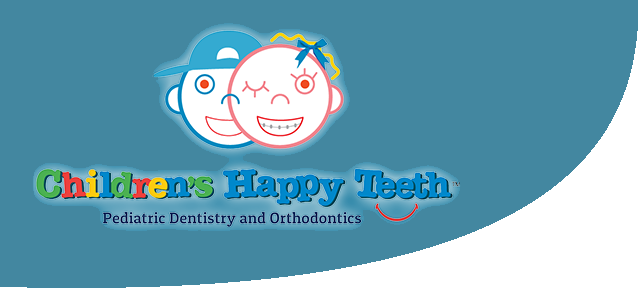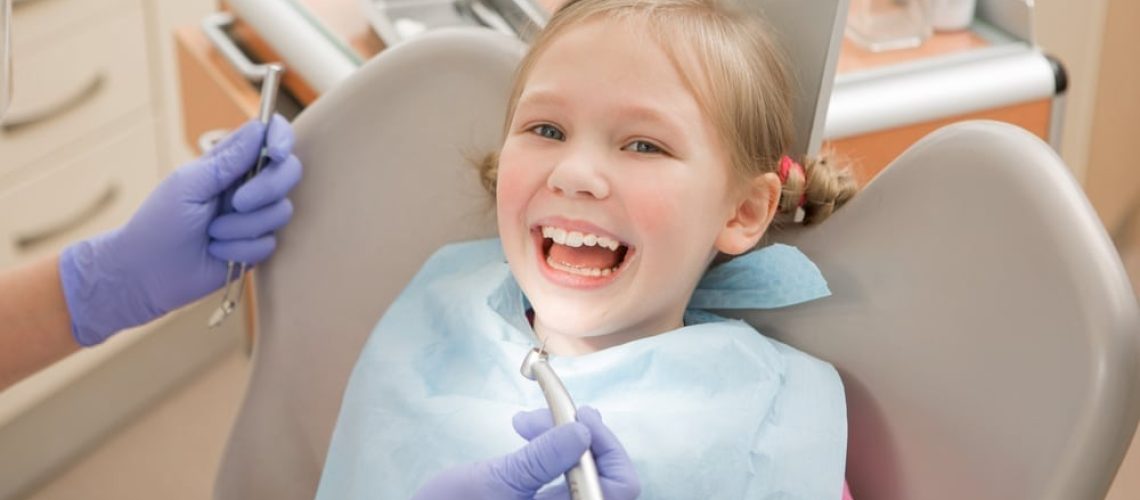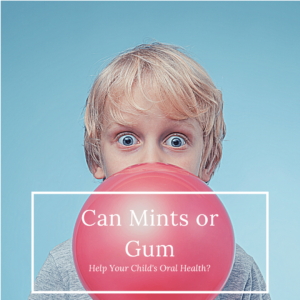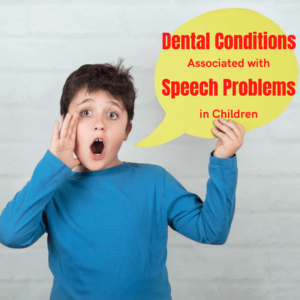Types of Sedation
Oral Sedation is taken by mouth as soon as the patient arrives at the appointment, as the medicine usually takes up to 30 minutes to work. Oral sedation doesn’t put patients to sleep, but it helps them stay calm and relaxed. This type of sedation may produce feelings of drowsiness and relaxation and it is not meant to make the child unconscious.
Nitrous Oxide, or laughing gas, helps children remain calm and relaxed. A fitted mask which is placed over the patient’s nose delivers a mixture of nitrous oxide and oxygen, and within minutes, the patient experiences happy and relaxed feelings. At the end of the procedure, pure oxygen is given to the patient to clear out any remaining nitrous oxide. This type of sedation is used in pediatric dentistry to reduce anxiety.
The dentist will advise you of any potential side effects and post-treatment needs.
Intravenous Sedation (IV Sedation) is delivered through a needle inserted into the patient’s vein and is constantly monitored. The IV sedation is done at our Lakewood office and it is monitored by our dental anesthesiologist. The pediatric dentist then completes the treatment while the child is under sedation. IV sedation is recommended for children who are very fearful and apprehensive.
Did you know…
that children of nearly any age can be sedated? Even infants and toddlers can be sedated for dental treatment. There are many ways of administering sedation to pediatric patients, some of which include inhalation, swallowing medicine or even receiving sedation medication intravenously or via injection.
Frequently Asked Questions
What types of sedation are available for my child?
There are several different types of pediatric sedation available to patients, ranging from mild to strong. Children are most often given nitrous oxide, or laughing gas. This gas is inhaled through a mask during the dental visit, providing an instant calming effect. Laughing gas is safe, and its effects wear off nearly immediately after treatment. Other types of sedation may be necessary for children with greater anxiety levels or special needs. Examples include oral sedation given prior to the dental visit, as well as IV sedation, which usually leaves children with little or no memory of their dental treatment.
Should I consider pediatric sedation for my child’s next dental visit?
Your child may be a candidate for pediatric sedation dentistry if he or she has special needs, is very young, has difficulty sitting still, or has anxiety about visiting the dentist. Your child’s dentist may also recommend sedation if your child will be undergoing a lengthy or extensive dental treatment. For more information about pediatric sedation and whether it is right for your child, contact our office.
How will my child need to prepare for a dental visit involving sedation?
You will be given instructions for preparation prior to your appointment. Your child may not be allowed to eat or drink in the hours leading up to the procedure. If your child experiences anxiety prior to the visit, consider letting him or her bring a ‘comfort’ item, such as a blanket or stuffed animal.






